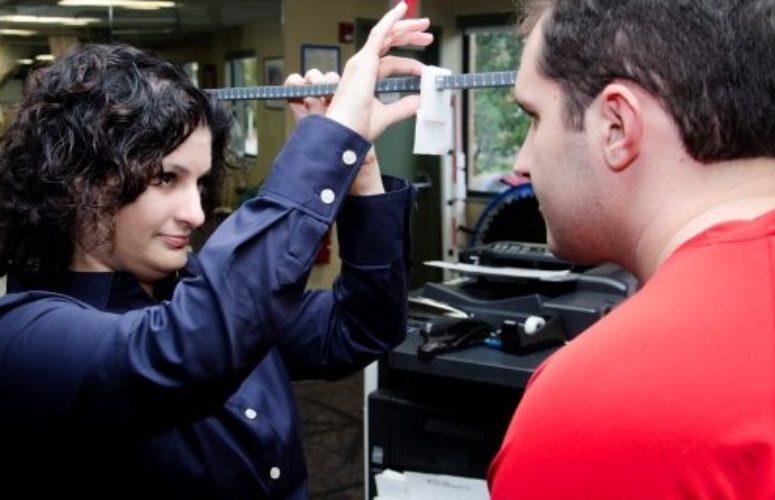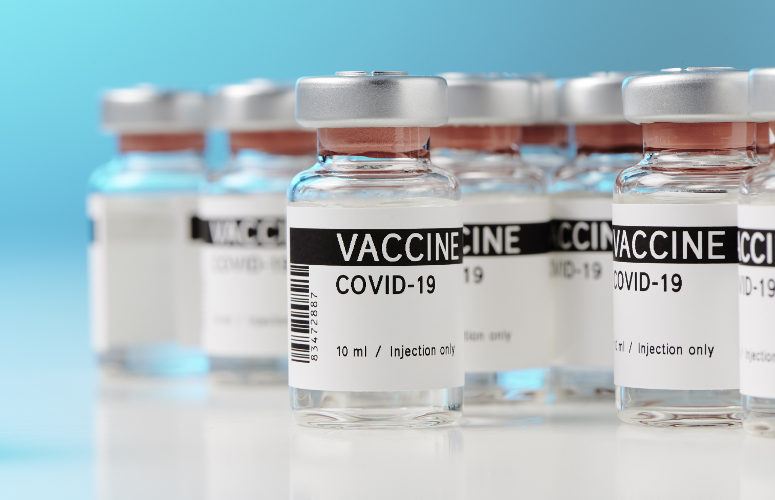
Concussion Treatment Program 1st in NJ to Combine Testing, Rehab, Outreach to Schools
On Dec 3, 2014Saint Peter’s Healthcare System, New Brunswick, launches a concussion management program that is the first in New Jersey to combine physical and cognitive testing, social work outreach to area schools, and medical diagnosis and rehabilitation services under a single roof in the treatment of high school athletes who have suffered a concussion on the playing field.
The unique program, a service of Saint Peter’s Sports Medicine Institute, is headed by Arlene Goodman, MD, a pediatric sports medicine physician and expert in the treatment of pediatric and adolescent concussions. Goodman joined Saint Peter’s in September. She previously was a pediatric and adolescent sports medicine physician in the division of orthopedic surgery at The Children’s Hospital of Philadelphia.
Concussions are common in sports, particularly in hard-contact athletics such as football, and student athletes and adults are at risk of this often debilitating injury. A concussion is a mild traumatic brain injury caused by a blow to the head or to the body, with an “impulsive” force transmitted to the head. This “invisible” injury disrupts the brain’s normal physiology, which can affect mental endurance and function, causing the brain to work harder and longer to complete even simple tasks. Cognitive and physical rest is essential to recovery, as is a proper rehabilitative program in the more severe cases.
“Some athletes have suffered headaches for years as a result of a concussion,” Goodman notes.
The Saint Peter’s concussion-management program is unlike any other in New Jersey because it is the only one that integrates a pediatric sports medicine physician, athletics trainer, a social worker, and physical therapists into a single diagnostic and curative team, Goodman explained.
This multi-disciplinary approach enables the Saint Peter’s concussion management program to not only identify and assess the severity of a concussion, but to build a treatment regimen that fits each athlete while working with local schools to ensure a student receives accommodations within the classroom.
The Symptoms of Concussion and Recovery Time
The signs and symptoms of a concussion include: headache; dizziness; loss of consciousness; disorientation; nausea; vomiting; confusion; vision changes; balance problems, changes in personality; anterograde amnesia (difficulty remembering events that take place after the injury), and retrograde amnesia (difficulty remembers events that took place before the injury).
Signs may also include appearing dazed or stunned, answering questions slowly, confusion about a sports assignment or position played, and moving clumsily.
Concussions are diagnosed based on symptoms and a physical exam. Concussion injuries cannot be seen on a computerized tomography (CT) or magnetic resonance imaging (MRI) scan of the brain.
Athletes should receive immediate emergency care if they exhibit unequal size of the pupils, convulsions, severe or increased headache, unusual or increased drowsiness, projectile or repeated vomiting, marked personality changes, weakness in the arms or legs, numbness of the face or extremities, bleeding or release of clear fluid from the ears or nose, and unusual stiffness in the neck.
Initial treatment for a concussion is both cognitive and physical rest. Patients under cognitive rest cannot take part in demanding activities such as going to school, homework, reading, using a computer, watching television or playing video games, texting, or listening to loud music.
Eighty percent of high school athletes recover from a concussion within three weeks. However, 20 percent will take more than one month to recover. If an athlete has not recovered within a month and complains of headaches, eye strain, blurry vision, dizziness, or balance problems, a doctor will prescribe vestibular ocular rehabilitation with a physical therapist trained in concussion rehab. If the headaches are severe, a doctor will recommend that the patient see a neurologist for medication management.
When can an athlete return to play?
An athlete should not return to play until they can perform a full workload at school without accommodations while being symptom free. Return to play should be gradual.
The Social Worker’s Role
The social worker becomes involved in the school-related aspects of a patient’s treatment when an academic institution fails to implement accommodations recommended by the physician. The social worker counsels parents/guardians in advocating for their child and, when necessary, may make direct contact with schools, either through the nurse, guidance counselor or athletics trainer, to assist in expediting the accommodations process for students affected by concussion.
All patients meet with the social worker during their initial appointment. The social worker, physician and athletics trainer assess whether the patient will need academic assistance. If a patient is identified as potentially developing or currently possessing emotional or academic difficulties, the social worker attends each subsequent patient visit. The social worker is available for consultation on all patients and may begin interaction with patients if they develop emotional or academic difficulties later in treatment.
The social worker provides counseling, advocacy, and referrals for emotional or academic issues that may become evident during an appointment. In addition, the social worker is present to provide psycho-education to all patients and their families, particularly in regard to anxiety, depression, and concentration issues that may arise from concussion. If a parent or guardian expresses that the patient has experienced a change in mood, for example, the social worker may meet with the family during their visit to determine whether this is related to specific concussion symptoms or if the patient should be referred for psychotherapy or psychiatric intervention.
How to lower the risk of concussions
• Encourage and teach good sportsmanship
• Instill in athletes the need to follow the rules
• Teach proper on-the-field techniques
• Ensure that athletes wear properly fitting equipment.
• The equipment should be checked and maintained regularly.
Related Articles:





